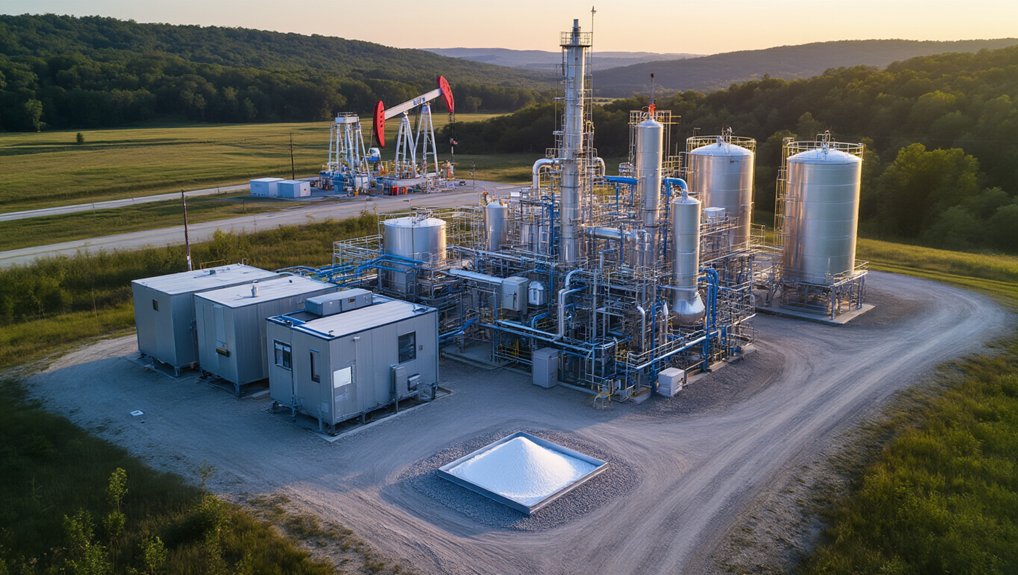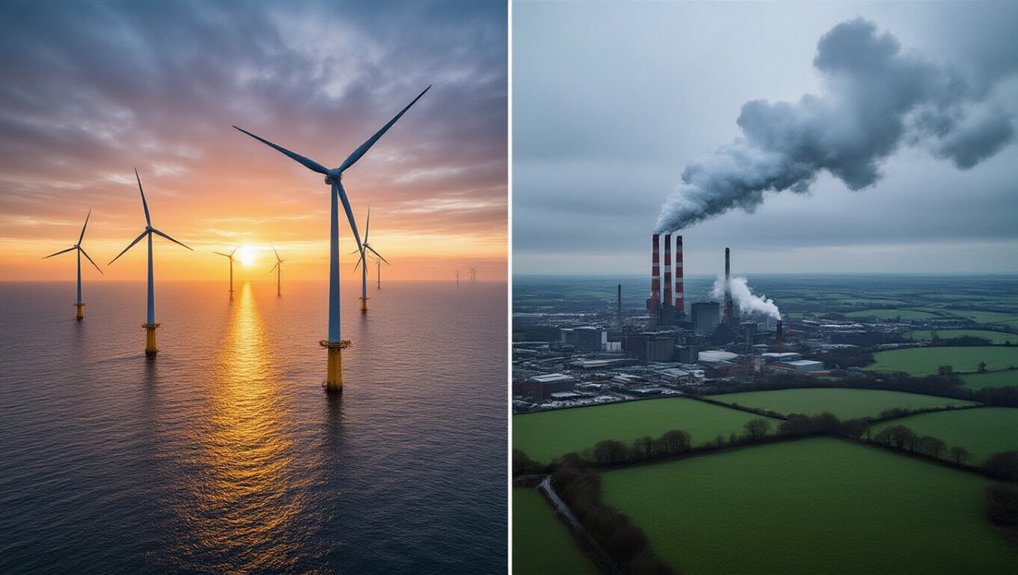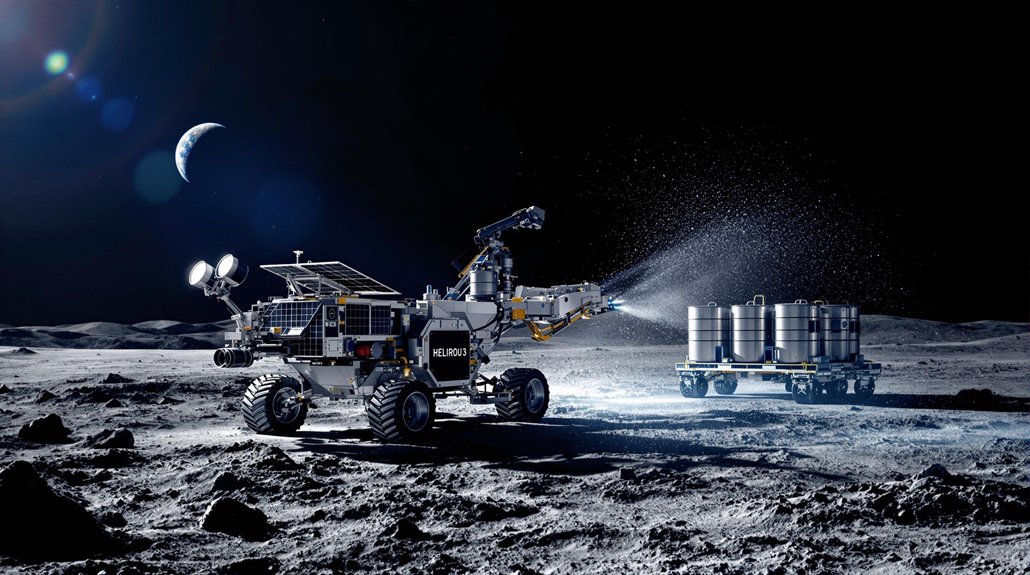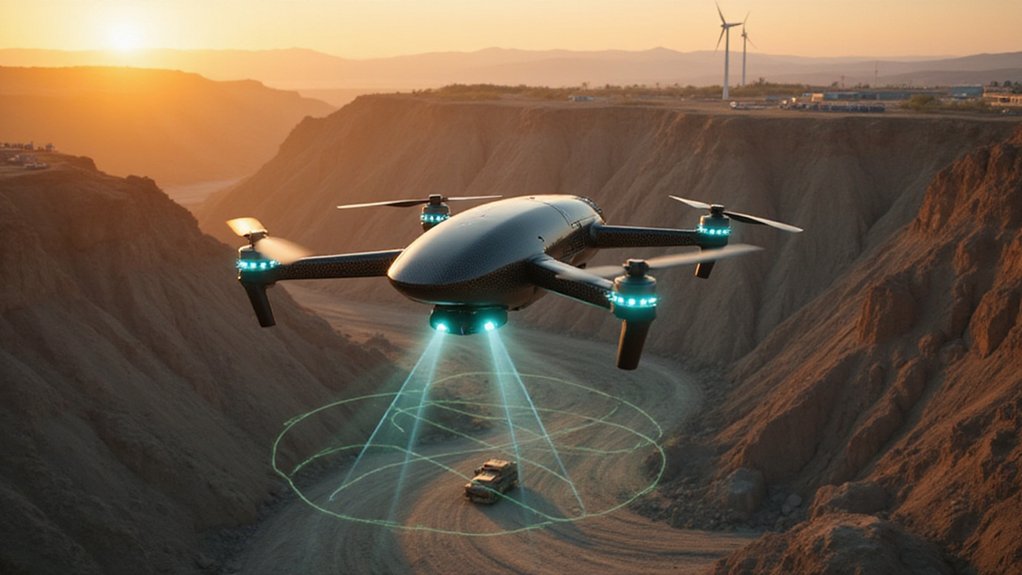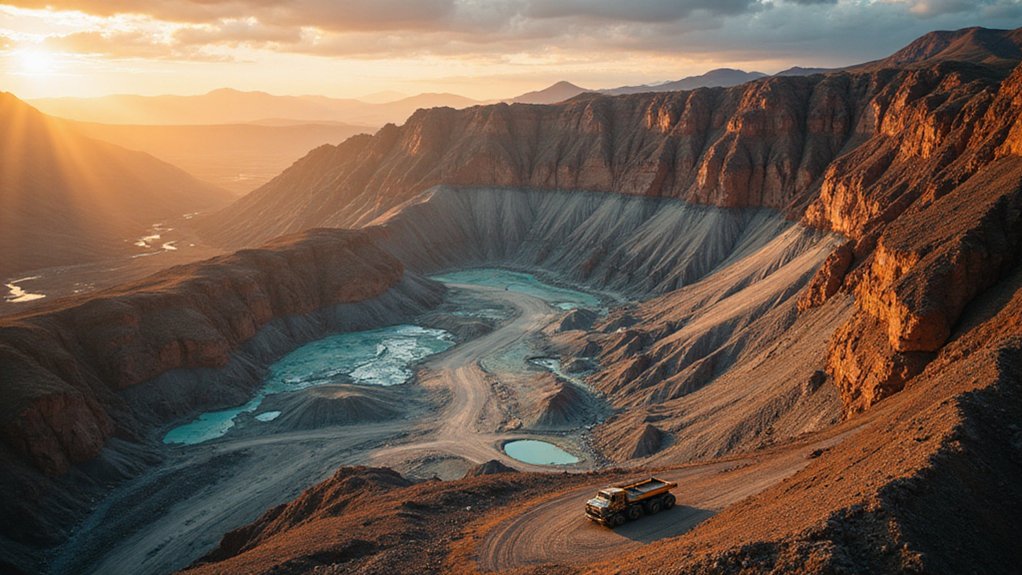While the U.S. scrambles to secure its lithium supply chain for the electric vehicle transformation, a groundbreaking solution has emerged from an unlikely source—oilfield wastewater. A Pennsylvania facility utilizing Gradiant’s alkaLi platform is about to turn what was once considered useless brine into battery-grade lithium carbonate. Yeah, that’s right. Waste water equals lithium. Who knew?
The numbers are impressive. This plant will churn out up to 5,000 metric tonnes annually when it kicks off operations in early 2026. That’s enough to make a significant contribution to America’s domestic lithium supply for EVs and energy storage. Not bad for glorified oil runoff.
5,000 tonnes of battery-grade lithium from oilfield waste—a substantial boost to America’s domestic supply from what was once discarded.
What makes this tech special is its impressive efficiency—we’re talking 97% lithium recovery rates and 99.5% purity. No muddy evaporation ponds required. The entire process—extraction, concentration, and conversion—happens in one integrated system. It’s compact, modular, and fits right into existing oilfield infrastructure.
The environmental upside is substantial. Over 90% of water gets recycled, energy consumption is lower than traditional methods, and the land footprint is minimal. Turns out you don’t need to tear up a mountain or flood a desert to get lithium. Like geothermal energy’s minimal land use, this approach preserves more natural landscape than traditional lithium extraction methods. Who would’ve thought?
Financially, it’s a win-win situation. Oilfield operators get a new revenue stream instead of paying to dispose of wastewater. The technology cuts capital and operational costs while speeding up time-to-market for battery-grade lithium. The EC² process has been shown to reduce costs by 50% compared to conventional lithium production methods.
The strategic importance can’t be overstated. America’s been pathetically dependent on foreign lithium imports. This domestic supply strengthens national energy security and boosts U.S. competitiveness in the global EV market. The facility implements membrane technology which is particularly effective for extracting lithium from low concentration sources like oilfield wastewater.
Oilfield wastewater could become an important new source for America’s lithium supply alongside traditional mining. Talk about an unexpected plot twist.
References
- https://worldbusinessoutlook.com/gradiant-unveils-its-first-fully-integrated-lithium-plant-using-oilfield-produced-water/
- https://www.spglobal.com/content/dam/spglobal/ci/en/documents/products/pdf/CI_1124_Lithiumfromproducedwater.pdf
- https://pubs.acs.org/doi/10.1021/acsenergylett.9b00779
- https://lithiumharvest.com/our-technology/
- https://adi-analytics.com/2024/10/01/direct-lithium-extraction-technology-breaking-new-ground-in-lithium-production/
